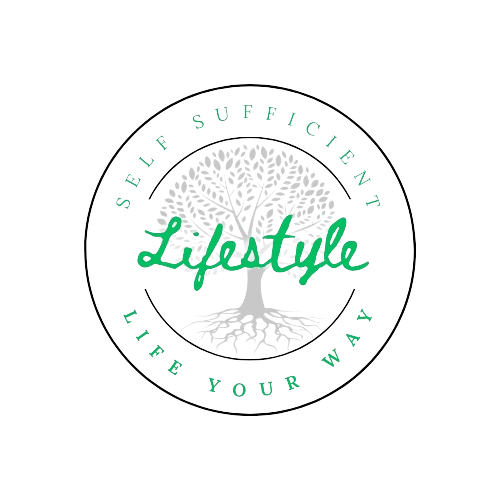
Permaculture design is more than just gardening—it’s a holistic approach to creating sustainable and regenerative landscapes that are both functional and beautiful. Drawing inspiration from nature’s patterns and processes, permaculture design seeks to harmonize human needs with the natural world, creating ecosystems that are resilient, productive, and biodiverse. In this blog post, we’ll explore the art and science of permaculture design, from assessing site conditions to implementing sustainable solutions for food production, water management, and habitat creation.
Understanding Permaculture Design: Principles and Practices
Permaculture design is guided by a set of principles that help practitioners create landscapes that work in harmony with nature. These principles include:
1. Observation: Before beginning any design work, it’s essential to spend time observing the site and understanding its unique features, including sun exposure, soil type, water flow, and existing vegetation.
2. Design from patterns to details: Permaculture design starts with observing and understanding the patterns and relationships in nature, then applying these insights to create functional and beautiful landscapes.
3. Use and value renewable resources and services: Permaculture design prioritizes the use of renewable resources and ecosystem services, such as sunlight, rainwater, and nutrient cycling, to meet human needs sustainably.
4. Integrate rather than segregate: By creating connections and synergies between different elements of the landscape, permaculture design fosters resilience and diversity.
5. Use small and slow solutions: Permaculture design favors small-scale, incremental changes that allow for observation, adaptation, and learning over time.
6. Use and value diversity: Diversity is key to the resilience of permaculture systems, whether it’s in the form of plant species, wildlife habitat, or social interactions.
Assessing Site Conditions: A Foundation for Design
Before diving into the design process, it’s essential to assess site conditions thoroughly. This includes:
– Sun exposure: Determine the patterns of sunlight and shade throughout the day and across the seasons to inform placement of gardens, trees, and structures.
– Soil type and health: Test soil fertility, structure, and pH to understand its potential for supporting plant growth and nutrient cycling.
– Water flow: Identify areas of water runoff, accumulation, and infiltration to inform water management strategies such as rainwater harvesting, swales, and contour planting.
– Existing vegetation: Take inventory of existing plants and ecosystems to determine which species are thriving and how they can be integrated into the design.
Implementing Sustainable Solutions: From Food Production to Habitat Creation
Once site conditions have been assessed, it’s time to start implementing sustainable solutions. This may include:
– Designing productive gardens: Use permaculture principles such as polyculture planting, companion planting, and succession planting to create diverse and productive food gardens.
– Managing water resources: Implement strategies such as rainwater harvesting, greywater recycling, and soil conservation to maximize water efficiency and resilience.
– Creating wildlife habitat: Incorporate elements such as hedgerows, ponds, and native plantings to provide habitat for beneficial insects, birds, and wildlife.
Permaculture design offers a holistic approach to creating sustainable and regenerative landscapes that are both functional and beautiful. By applying permaculture principles and practices, practitioners can create ecosystems that support human needs while enhancing biodiversity, soil health, and ecosystem resilience. Whether you’re a novice gardener or experienced designer, there’s much to learn and explore in the world of permaculture design.

